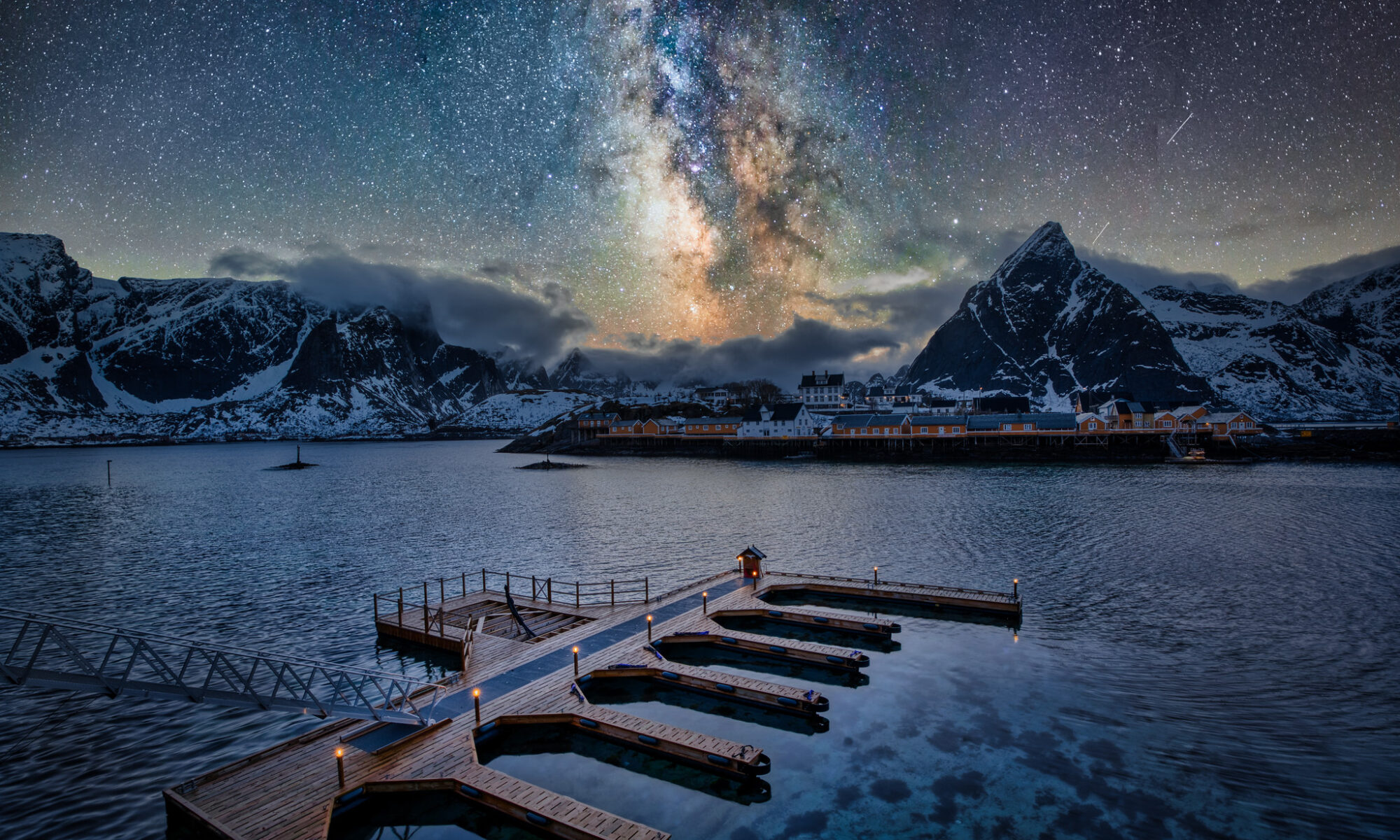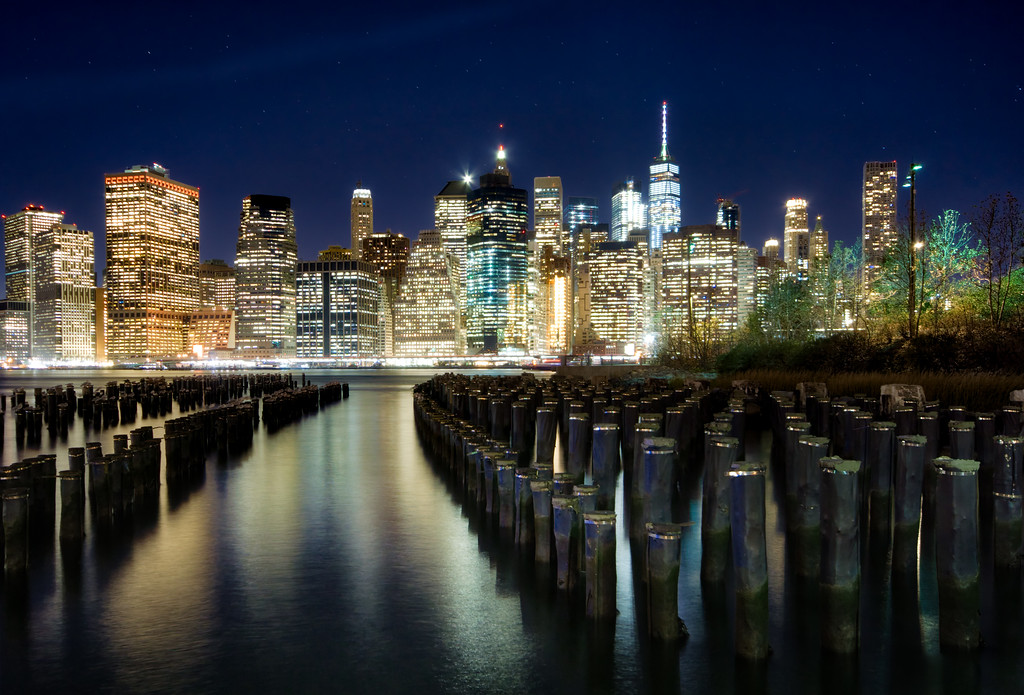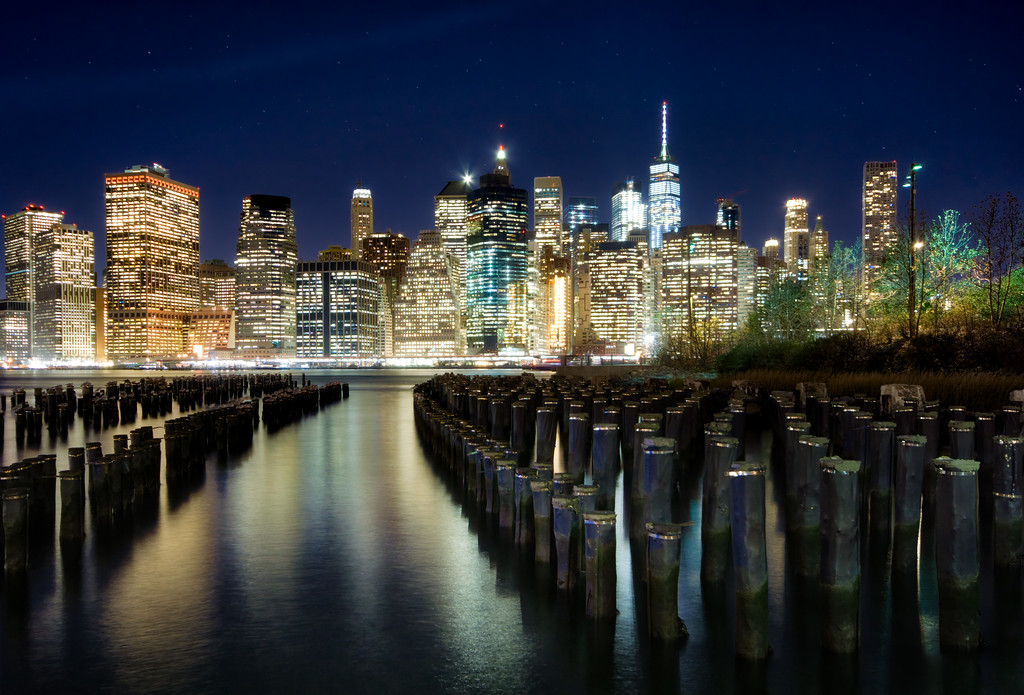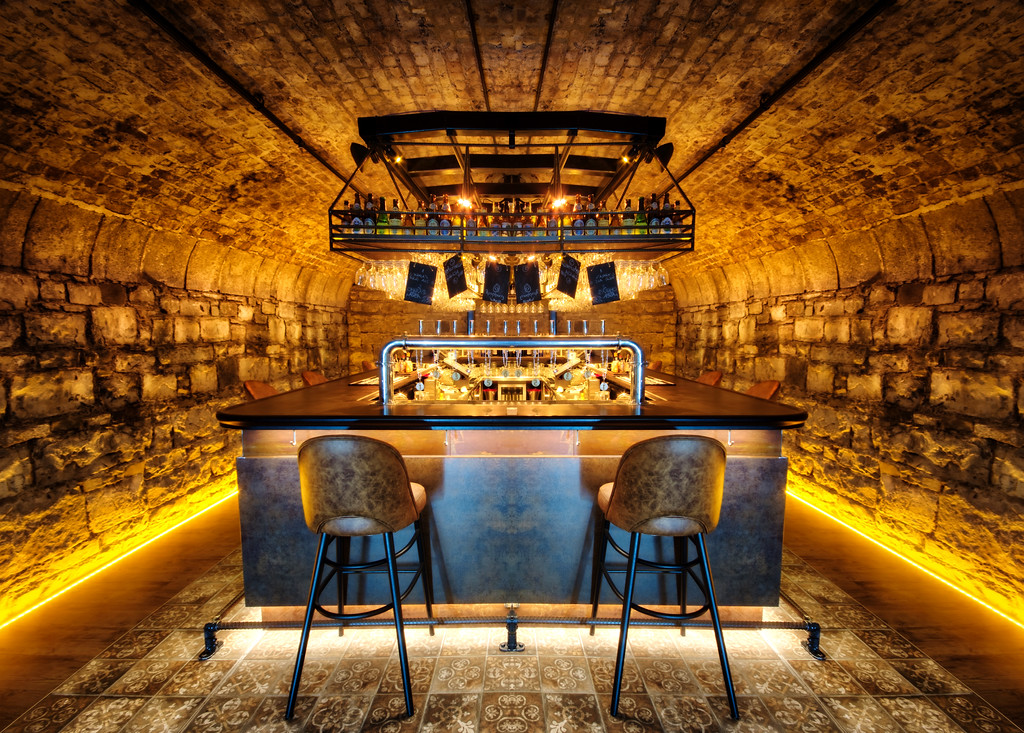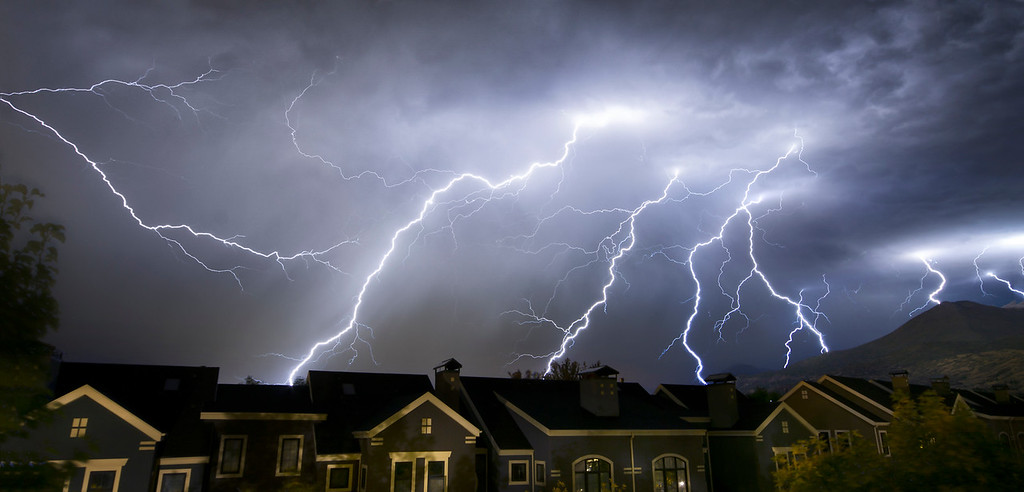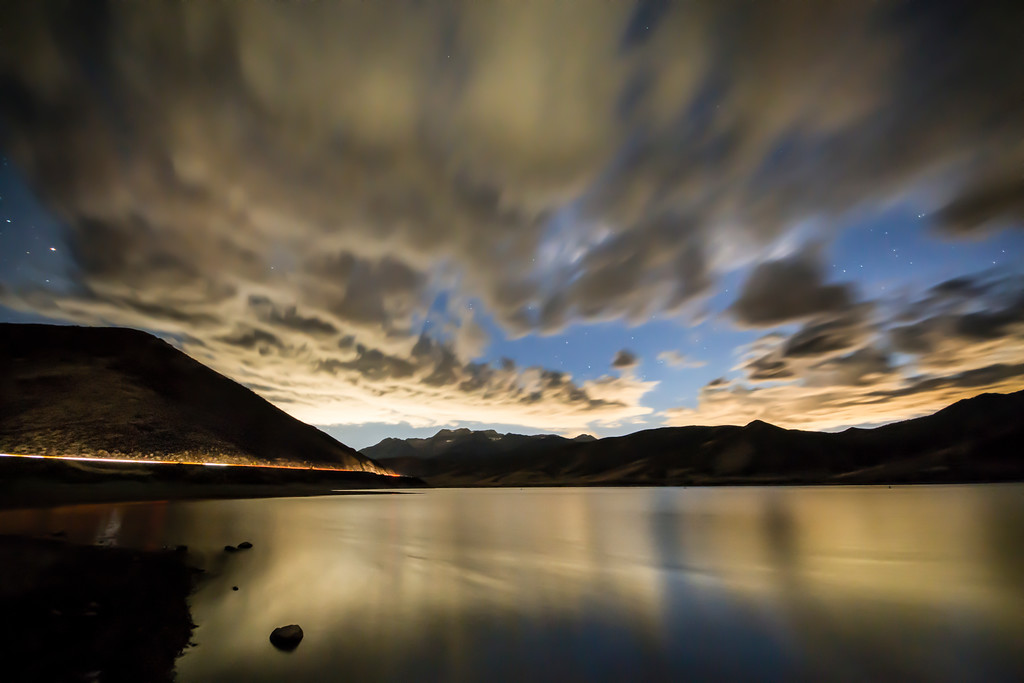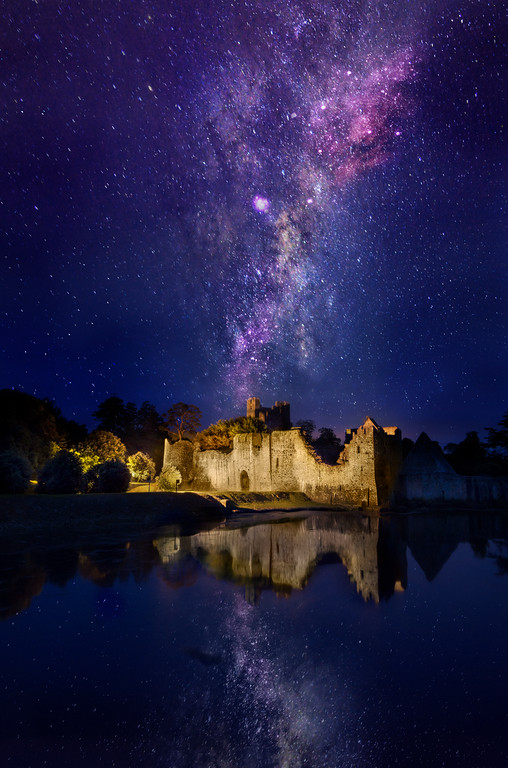Understand Your Camera – Shutter Speed and Shutter Priority
Welcome to the first part of mastering the big three of your camera – Shutter Speed, Aperture, and ISO. This page is all about the shutter speed – what it is, how you can use it, and how it relates to the shutter priority mode. If you are looking for details on Aperture, ISO, or manual mode, click on the word 🙂
So let’s jump right in – but take it easy 🙂 No tech stuff, just simply explained for photography enthusiasts that wanna take it to the next level.
What is the Shutter on a Camera?
To understand the shutter priority mode and shutter speed, it is first important to understand what a shutter is. Each camera has a sensor – this sensor is the thing that ultimately takes the picture. In essence, when light falls on the sensor, it will transform this light into an image that is saved in your camera. The shutter can be imagined like a wall that is in front of that sensor. As long as the shutter is closed and you don’t push the button to take a picture, no light reaches the sensor and no picture will be taken. When you switch the camera on and you see the preview of the image on the screen or through the viewfinder, that is exactly the situation – the shutter is closed so no image is being taken while you compose the shot and manage the settings. When you “press fire”, so when you take a picture, the shutter will be released and the “wall” in front of the sensor will move out of the way – light can now reach the sensor, the picture is being taken. Once done, the wall, or the shutter, moves back into place and blocks the light from reaching the sensor – until you hit the fire button (or the “shutter release”) again. Pretty cool eh? Below is a super cool video that shows the shutter opening and closing in slow motion! This is about all we need to know about the shutter itself, so how does that help us?
What is Shutter Speed?
Now that we know what the shutter is and what it does, what exactly is shutter speed? Well, the shutter speed determines how long the camera takes the picture. In other words, the shutter speed determines how long the sensor is exposed to light.
Imagine you are in a relatively dark area, like a cafe or simply inside a building. Based on what we know, we can set the camera to a fast shutter speed (I will go into units and stuff below) and take a picture. A fast shutter speed means, that the camera sensor will be exposed to light for only a short duration – and in a relatively dark environment, this might just simply not be enough light for an image to be properly created. The picture might come out too dark.
Say you use the same camera and the same situation, but this time you use a slow shutter speed to take the picture. If the camera is steady, you can leave the camera sensor exposed to light for longer, so that enough light can be “gathered” and a proper picture can be created.
Let me just illustrate what this means – even if it is pitch black and you do not see a thing with your eyes – if you point your camera somewhere and there is even a trace of light, then the camera will take a picture if the shutter speed is slow enough. Here are some examples of mine where shutter speed was crucial for exactly this purpose:
All of the images above have one thing in common – they had a very slow shutter speed, so the sensor collected light for literally minutes before the shutter closed again and the picture was saved on the camera. Except the last one, I might have cheated a little bit there… or a lot hehe (see here).
You can also use it in a different fashion, not just at night – for example, imagine you are taking pictures of a river. If you have a slow shutter, you essentially take a picture for some time while the river is moving! This would result in an image where you get this well-known effect of smooth water.
Ok – shutter speed makes sense now. The faster the shutter speed, the shorter the camera sensor is exposed to light. The slower the shutter speed, the longer the camera sensor is exposed. But is that all there is about the shutter priority mode on your camera? Not quite, but read on 🙂
The Shutter Priority Mode on Your Camera
The shutter priority mode can be imagined as a semi-automatic mode. You have full control over the shutter speed, but the camera will take over other settings such as the aperture for you. Why? Take it from the name – in the shutter priority mode, you prioritize the shutter speed. You tell the camera: This is the shutter speed I want, do something to make it happen. Or in other words:
Make it so.
If you decide to make the shutter speed faster, then the amount of light that reaches the sensor might be less because the sensor is exposed to light for a shorter period of time. This would result in a dark image! To compensate, the camera will use the aperture (and ISO if set to auto) to balance this out. This will make more sense once you know what the aperture does, but for now, suffice it to say that in the shutter priority mode you set the shutter speed, and the camera tries to take care of the rest.
The Measure of Shutter Speed
So what is a fast and what is a slow shutter speed and how are they measured anyway? Well, as you might have guessed, the measure is time itself, in seconds to be precise. Depending on your camera model the screen might look different, but you are looking for something that looks like this to see the setting that your camera currently has (Sony):

If you are in auto mode or in aperture priority mode (next page), then the value of the shutter speed might change constantly as you point your camera to different corners or scenes – try it out! I suggest going to shutter priority Mode (S or Tv on the dial) to change the speed at will 🙂
The numbers that you see might be very confusing as they can range from something like 20 to something like 1/1000. What does that mean?
Well, a 20 is a 20 – seconds. Any full number means that number in seconds. So if the number says 1 and you take a picture, the camera will take a picture for one second. But what about the 1/1000? It is going to make sense in 10 seconds.
If the shutter speed is less than 1 second, for example, 0.5 seconds, then the camera will show 1/2.
Similarly, 0.25 seconds will be displayed as 1/4.
How about 0.00025 seconds? This would be 1/4000, or 1/4000th of a second.
I am sure you get the idea – if you have a time that has a “/” in it, then this just means it is a fraction of a second. And yes, cameras can actually take a picture in 1/4000th of a second. Amazing, isn’t it?
What is Next?
Well, I suggest to go to Shutter Priority Mode and play with the shutter speed a little 🙂 Change it to something very fast and then to something very slow and just get a feel for the difference.
Things to look out for
Here is just a little hint that is important and will become very handy when you use a slow shutter speed – if you hold your camera in your hands, do not go too slow 🙂 In my experience, if the shutter speed is less than 1/20th of a second, you will need a tripod. If you do not use one, then the image will most likely be blurry as your hands are moving ever so slightly while the camera takes the picture. Any movement to the camera while it takes the picture will result in a blurry image I am afraid – so make sure you do not go too low or use a tripod 🙂
If you enjoyed this article, make sure to give it a share and also, while you are at it, why not following me over at the YouTubes? This way you will never miss one of my tutorials that come every single week 🙂
Read on here to learn about Aperture
Read on here to learn about ISO
Read on here if you are ready for the manual mode
